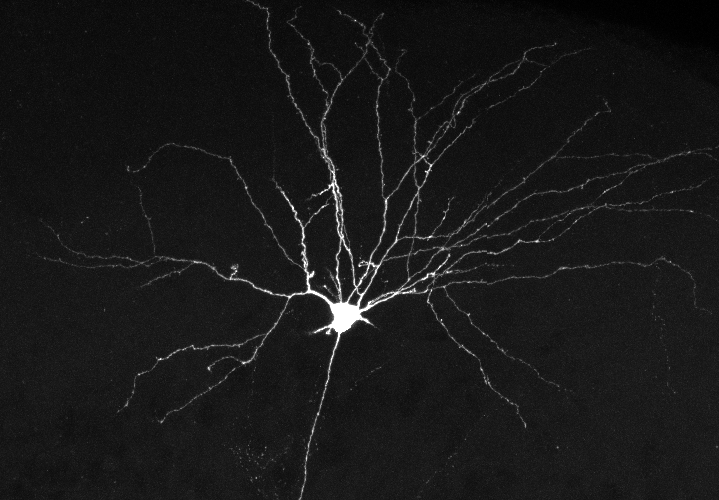Alzheimer’s memory discovery

Scientists at the Universities of St Andrews and Edinburgh have discovered the functions of the area of the brain in which Alzheimer’s begins, offering hope for the development of future treatments.
Alzheimer’s disease is the commonest form of dementia with more than 520,000 people in the UK suffering from the disorder.
The first symptoms of this progressive disorder (which results from degeneration of memory networks in the brain) are problems remembering the things that have happened to us. This type of memory is called episodic memory.
The new research, published today (Thursday 12 December) in Current Biology and carried out at the Universities of St Andrews and Edinburgh, focused on one of the first brain areas to show changes in Alzheimer’s – the lateral entorhinal cortex (LEC).
The LEC is made up of layers of cells which form complex networks of connections with other brain regions and contains sub-systems that have different memory functions.
The research team, led by Dr Brianna Vandrey now of Edinburgh University, found that when a particular connection between one of the layers of the LEC and the hippocampus malfunctions, episodic memory is affected while simpler forms of memory remain unaffected.
Dr James Ainge of the School of Psychology and Neuroscience at the University of St Andrews said: “This research is important as it gives us a very specific target when developing treatments and strategies to prevent neurodegeneration in Alzheimer’s disease.”
In order to understand the early stages of Alzheimer’s and develop treatments that can prevent degeneration within the brain, it is important to study how the brain supports episodic memory and how damage to the brain can result in episodic memory deficits.
The research was funded by the Carnegie Trust.
Category Research